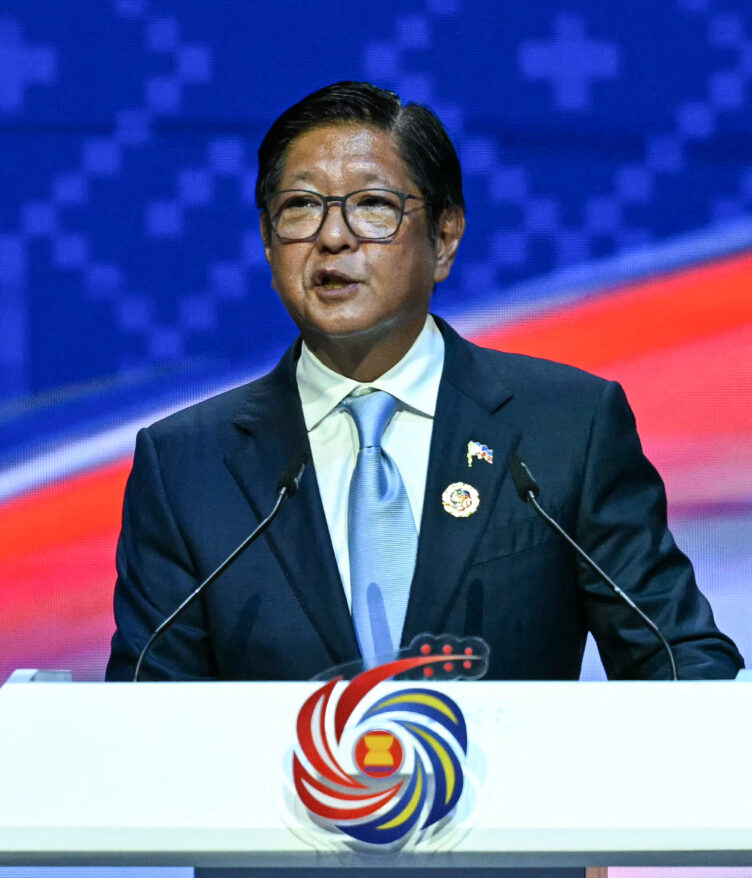THE Philippines could soon have one of the cheapest internet services in Southeast Asia, as the Department of Information and Communications Technology (DICT) aims to reduce half the internet cost by 2028.
During an event hosted by the Economic Journalists Association of the Philippines, DICT Secretary Henry Aguda said that the government targets to cut internet costs by 30 to 50 percent.
Although there is no specific timeline given yet, he estimated that it is possible during or before the end of the Marcos administration’s term.
It is under DICT’s initiative Broadband ng Masa which aims to bridge the growing digital divide in the country.
According to Aguda, there are several ways of cutting costs of the internet services, one of which would be through the facility and tower sharing among telcos— a strategy currently implemented.
In this approach, telcos are allowed to rent towers from independent providers instead of building their own. This could help them expand coverage faster and more efficiently.
Another way could be the use of new technology and additional competition in the market.
“May mga parating na mga technology like low orbit satellite, geostationary satellite. Ok na, parating na yan,” said Aguda.
“Dumating na ang Konektadong Pinoy. With competition, alam niyo naman pag dumating competition, bababa talaga ang presyo,” he added.
They are also targeting frequency refarming, retiring the 2G/3G to shift to 4G/5G. Utilization of renewable energy and Artificial Intelligence (AI) are also being looked at to cut operational costs.
The government is also renegotiating its free Wi-Fi contracts to lower costs. By signing long-term deals, using newer and cheaper technology, and talking directly to major providers instead of going through middlemen, they can get better prices and save more money.
“We’re recontracting all the contracts to bring down the price aggressively using a mix of, imbes na short term contracts i-long term mo para may volume discount ka. Second, kung yung technology may bago na at mas maganda at mas mura, gamitin mo. And third, we’re talking to the principals, main provider mismo para we cut the middleman,” Aguda said.
Facebook also donated a 2-terabit fiber facility. This is a high-speed international link.
“We have a 2 TB donated facility by Facebook… It was a 25-year donation to us. Ano ibig sabihin ng donation na yun? Sabi sa akin ni Facebook, ‘Philippines, gusto namin ng redundant link, paikot dito sa may Pacific dadaan, pwede ba?’ Binuild ng gobyenro ang facility na yan, kinabit na ni Facebook. Ano kapalit dyan? Murang internet,” he said.
The Philippines have a high number of individuals using the internet. According to Digital 2025, the country had 97.5 million internet users at the start of the year, with online penetration standing at 83.8 percent.
But despite this, 16.2 percent or 18.8 million of the population remained offline at the beginning of the year.
This might point to their lack of internet access, especially in remote areas, where the consequences of digital divide are more visible.
As the country goes to a rapid digital transformation, especially quickened by the COVID-19 pandemic events, disparities among those who have access to the internet and those who do not become more pronounced.
It affects an individual’s access not only to online information, but to education and livelihood as well.
A cheaper or free internet service looming in 2028 is, therefore, a bold promise. It might not resolve all the issues of digital divide, but it could bridge the gap closer to the goal of fostering an inclusive economic environment for all Filipinos.
How useful was this post?
Click on a star to rate it!
Average rating 0 / 5. Vote count: 0
No votes so far! Be the first to rate this post.
We are sorry that this post was not useful for you!
Let us improve this post!
Tell us how we can improve this post?







